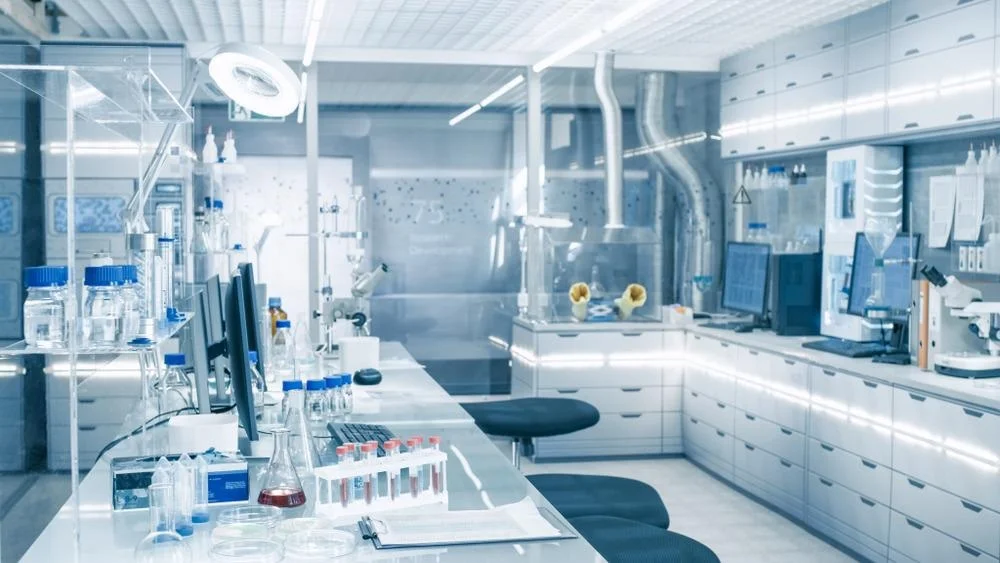AOAC 201210 Determination of Organic Preservatives in Cosmetics
The AOAC International Standard Method 2012.10 is a widely recognized and accepted protocol for the determination of organic preservatives in cosmetic products. This method provides an accurate, reliable, and reproducible approach to quantifying preservatives like parabens, benzoates, and quaternary ammonium compounds. Its application ensures that the levels of these preservatives are within safe limits as set by regulatory bodies such as the U.S. Food and Drug Administration (FDA).
Organic preservatives play a crucial role in cosmetic formulations to prevent microbial growth and extend shelf life. However, their presence must be rigorously controlled to avoid potential side effects on consumers. The AOAC 2012.10 method addresses this need by providing a standardized procedure that is both precise and sensitive enough to detect even trace amounts of preservatives.
The testing process involves several key steps: sample collection, extraction, purification, derivatization (if necessary), and finally, analysis using gas chromatography-mass spectrometry (GC-MS). This approach ensures the accurate quantification of preservatives in complex cosmetic matrices. The method is particularly useful for quality control laboratories tasked with ensuring product safety and compliance.
The AOAC 2012.10 method has been validated to ensure its reliability across various types of cosmetic products, including lotions, creams, shampoos, and serums. Its broad applicability allows laboratories to perform comprehensive analyses that meet international standards such as ISO/IEC 17025:2017 for proficiency.
By adhering to this method, laboratories can provide assurance to cosmetic manufacturers about the quality and safety of their products. This is particularly important in an industry where consumer trust is paramount. Regulatory compliance and product integrity are critical factors that impact the reputation of a brand and its market position.
| Sample Type | Tolerable Limits (mg/kg) | Method Sensitivity |
|---|---|---|
| Lotions | <10 mg/kg for methyl, ethyl, propyl, and butyl parabens | 0.05–0.2 ng/mL |
| Creams | <10 mg/kg for benzoates | 0.02–0.1 ng/mL |
| Shampoos | <5 mg/kg for methyl and propyl parabens | 0.04–0.16 ng/mL |
Industry Applications
- Cosmetic manufacturers ensuring compliance with international standards.
- Laboratories providing third-party testing services for quality assurance.
- Regulatory bodies conducting inspections and audits of cosmetic products.
- R&D departments exploring the safety and effectiveness of new preservative formulations.
The AOAC 2012.10 method is essential in these applications as it ensures that organic preservatives are accurately quantified, which directly impacts consumer health and product shelf life. This method has been pivotal in maintaining the integrity of cosmetic products across various markets worldwide.
International Acceptance and Recognition
The AOAC International Standard Method 2012.10 is recognized globally for its accuracy and reliability in the determination of organic preservatives in cosmetics. This method has been validated by numerous independent laboratories, ensuring that it meets international standards such as ISO/IEC 17025:2017.
Its widespread acceptance is further evidenced by its endorsement by regulatory bodies like the FDA and the European Commission. Laboratories around the world use this method to ensure consistency in their testing procedures, thereby enhancing product safety and quality assurance.
The AOAC 2012.10 method has been successfully applied in various countries, including the United States, Europe, and Asia. Its international recognition underscores its importance in maintaining global standards for cosmetic products.
Competitive Advantage and Market Impact
- Enhanced product safety and compliance with international regulations.
- Increased market trust through transparent testing processes.
- Improved reputation among consumers, manufacturers, and regulatory bodies.
- Competitive edge in the cosmetic industry by ensuring high-quality products.
The AOAC 2012.10 method provides a significant competitive advantage for laboratories and cosmetic manufacturers. By adhering to this standard, companies can ensure that their products meet or exceed regulatory requirements. This not only enhances consumer trust but also contributes to the overall reputation of the brand.





